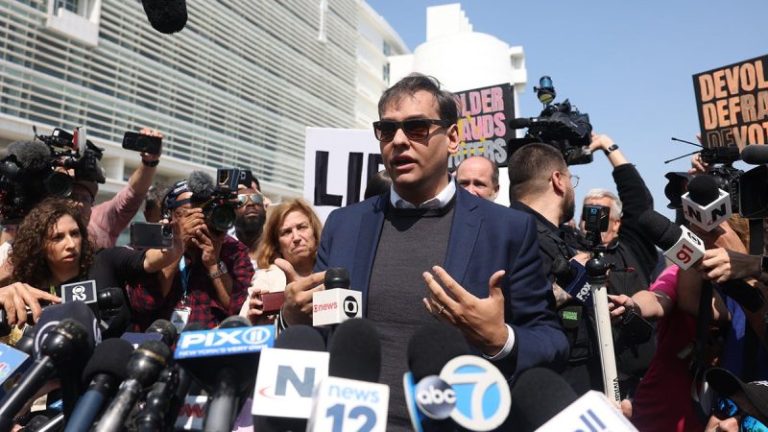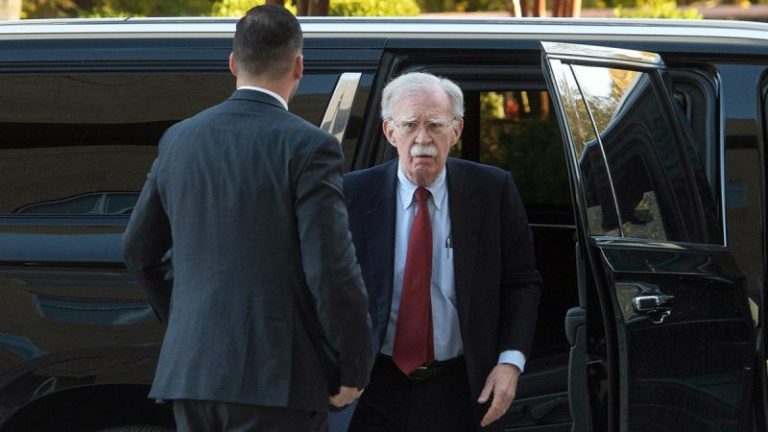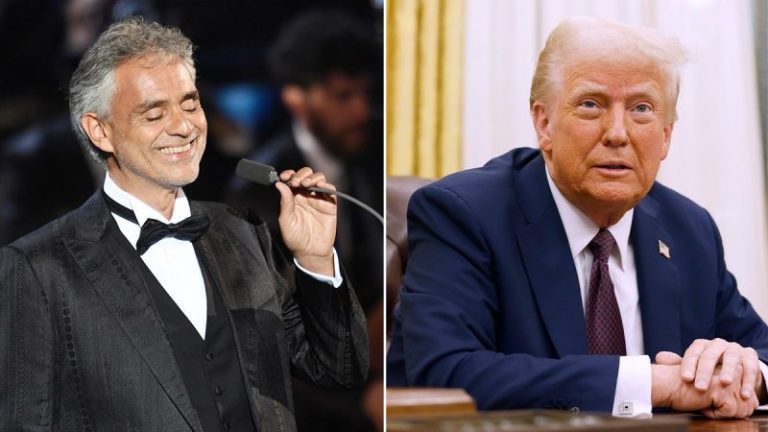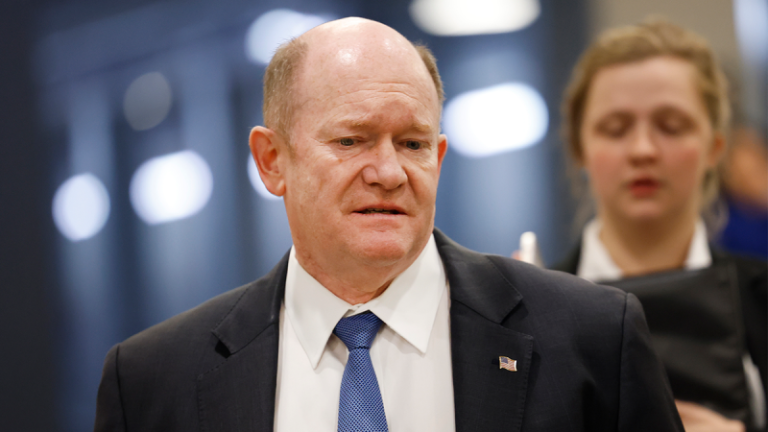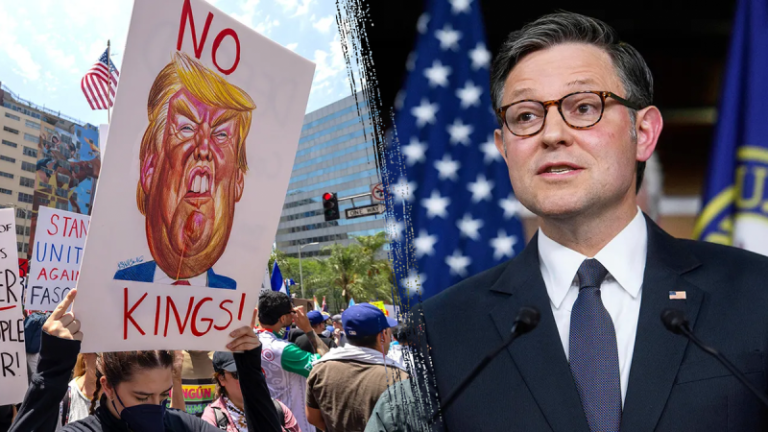The White House railed against the ‘Democrat shutdown’ for ‘jeopardizing national security’ because 80% of the federal agency charged with protecting the U.S. nuclear stockpile will be furloughed in the coming days, the administration told Fox News Digital.
‘The Democrat shutdown is now jeopardizing our national security,’ White House spokeswoman Taylor Rogers told Fox News Digital Friday afternoon. ‘By refusing to pass the clean, bipartisan funding extension, the Democrats are causing funds to run out for critical programs, resulting in furloughs of personnel at the National Nuclear Security Administration who manage our nuclear stockpile.
‘This is reckless and could be completely avoided if the Democrats simply voted to reopen the government and stopped holding the American people hostage.’
An administration official confirmed to Fox Digital that 80% of the National Nuclear Security Administration’s staff will be furloughed because available funds will soon be expended.
The National Nuclear Security Administration operates within the U.S. Department of Energy, maintains the nation’s nuclear stockpile and works to reduce the threat of nuclear weapons in foreign nations.
The agency will next enter minimum safe operations, meaning remaining employees will focus on maintaining physical security, cybersecurity, nuclear safety and emergency management, according to an administration official.
‘We have not furloughed anyone yet, but we will be out of funds by tomorrow or early next week,’ Department of Energy Secretary Chris Wright told Bloomberg News Friday of the upcoming furloughs. ‘So, we will be forced to do that if this shutdown continues.
‘We’ve been paying them to date, but, starting tomorrow, Monday at the latest, we’re not going to be able to pay those workers. If that continues on for long, they may get other jobs,’ Wright told Bloomberg, putting ‘the sovereignty of the country,’ at stake.
The administration official told Fox News Digital at there will be significant impacts on the agency’s nuclear deterrence mission as various offices shutter during the shutdown, and consequences of the shutdown are expected to last beyond the eventual reopening of the government.
‘As our adversaries build more silos and weapons, we will be turning off the lights,’ the administration official said.
Republican lawmakers also have sounded off on the upcoming furloughs, including Alabama Rep. Mike Rogers during a House news conference on Friday.
‘We were just informed last night the National Nuclear Security Administration, the group that handles the nuclear stockpile, that the carryover funding they’ve been using is about to run out,’ he said. ‘These are not employees that you want to go home. They are managing and handling a very important strategic asset for us. They need to be at work and being paid.’
The U.S. government has been in the midst of an ongoing shutdown since Oct. 1, when Senate lawmakers failed to pass funding legislation for 2026.
The Trump administration and Republicans have since pinned blame for the shutdown on Democrats, claiming they sought taxpayer-funded medical benefits for illegal immigrants. Democrats have denied they want to fund healthcare for illegal immigrants and instead have blamed Republicans for the shutdown.
‘Every day that Republicans refuse to negotiate to end this shutdown, the worse it gets for Americans — and the clearer it becomes who’s fighting for them,’ Senate Minority Leader Chuck Schumer told Fox Digital earlier in October of the shutdown.
‘Each day our case to fix healthcare and end this shutdown gets better and better, stronger and stronger because families are opening their letters showing how high their premiums will climb if Republicans get their way.’



